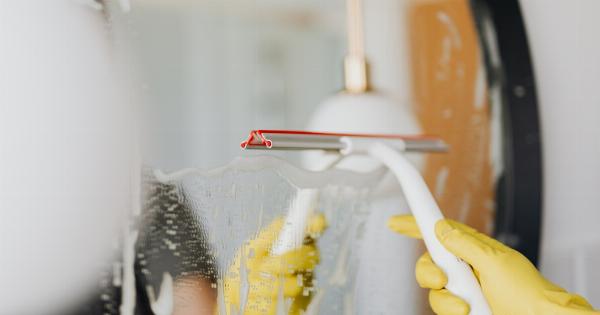Keeping our mouth clean and healthy is crucial, and one of the most important things we can do for our oral hygiene is to brush our teeth regularly.
But how often should we replace our toothbrush to ensure its effectiveness? In this article, we’ll discuss why replacing our toothbrush is significant and how frequently we should do it.
Why is it necessary to replace a toothbrush?
A toothbrush is the primary tool for your oral hygiene. Dirt and bacteria can quickly accumulate on the bristles of the toothbrush over time, making it ineffective and also potentially hazardous.
When the bristles become frayed or worn out, it increases the chances of bacteria or plaque buildup on the brush head. It can also transfer germs and bacteria from the toothbrush to your mouth, and retain food particles supplying bacteria with nutrients to grow and multiply.
If not appropriately taken care of, a toothbrush can cause dental problems such as gum disease, bad breath (halitosis), and tooth decay. This is the reason why it is essential to replace your toothbrush after a period to ensure your oral hygiene.
How frequently should we replace our toothbrush?
The American Dental Association (ADA) recommends that individuals replace their toothbrush every 3-4 months.
This ideal replacement period is subject to change based on various factors such as the state of the bristles, frequency of use, and personal health habits. Individuals who brush more frequently or with force may encounter frayed bristles faster which may reduce their toothbrush’s effectiveness.
People living with chronic diseases or other conditions that compromise their immune system or are more prone to infections should also change their toothbrush more regularly.
Additionally, if you’ve had a cold, flu, or virus, you should replace your toothbrush at the end of the illness symptoms to stop reinfection. These precautions can help prevent re-infection or the introduction of new bacteria into your mouth.
Signs you Should Replace your Toothbrush
You do not have to wait for the 3-4 months to replace your toothbrush if there are signs that the brush head needs to be changed out. The sign that you should replace your toothbrush include:.
Frail, bent, or frayed bristles
If your toothbrush bristles become more rounded, fray quickly, or become tangled after use, it indicates that it is time for a replacement.
A toothbrush with worn-out bristles will not clean your teeth as effectively, allowing bacteria and food particles to build up.
Discoloration or Foul Smells
A toothbrush’s bristles change color from white or pale to yellow, brown, green, or dark-colored due to bacterial growth. If your toothbrush smells bad or has an unpleasant odor after use, it may indicate bacteria growth.
Replace your toothbrush once the bristles become discolored or have an unpleasant odor.
Illness or infection
If you have an infection, cold, flu, or any other illness, replace your toothbrush as soon as you get better.
Bacteria or viruses can remain on the bristles of your toothbrush, and even the most efficient cleaning techniques may not sanitize the bristles entirely.
Tips on Toothbrush Maintenance
To make the most out of your toothbrush, maintain it properly. Here are the ways to maintain your toothbrush:.
Rinse your toothbrush regularly
Rinse your toothbrush thoroughly with warm water after use to remove toothpaste residue, food particles, or debris that may be stuck on the bristles.
Keep the brush dry and clean
Make sure your toothbrush is dry before putting it back in its holder or traveling case. Air drying it will help reduce bacteria growth, which thrives in damp and moist spaces.
Replace your toothbrush holder occasionally
Germs and bacteria may accumulate on your toothbrush’s holder or traveling case over time. So, ensure that you clean or replace it occasionally to prevent bacteria growth.
Don’t share toothbrushes
Sharing toothbrushes can spread germs and bacteria quickly. Every family member should use their brush to maintain good oral hygiene.
Conclusion
Oral hygiene is crucial, and brushing our teeth regularly is the first and easiest way to maintain it. Therefore, a toothbrush should be adequately maintained, changed when necessary, and not shared with anyone.
To avoid tooth decay, gum disease, or bacteria transfer, it is recommended to replace your toothbrush every 3-4 months or as soon as the bristles show signs of wear or illness. Doing this will go a long way in maintaining good oral hygiene and an excellent overall health condition.































